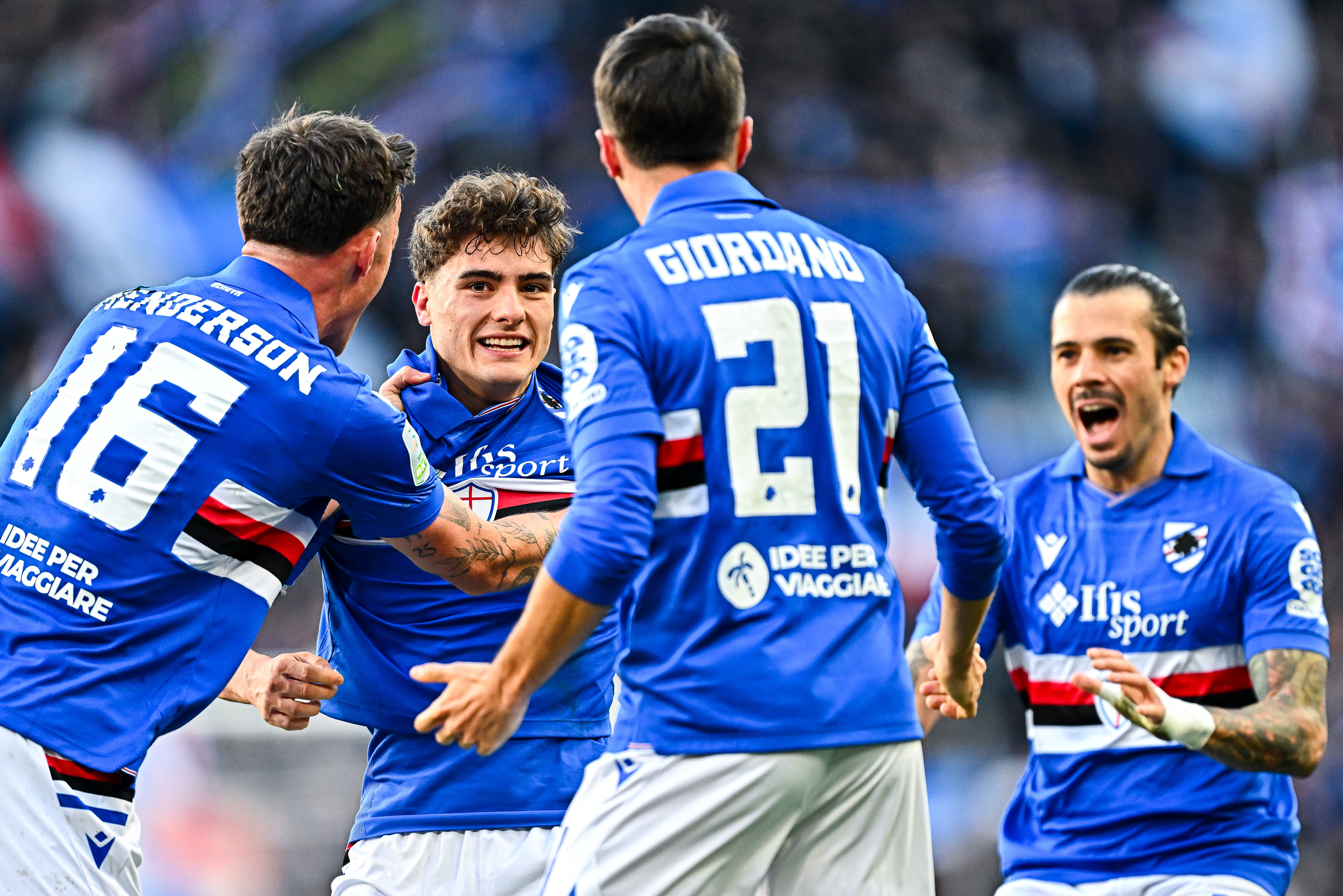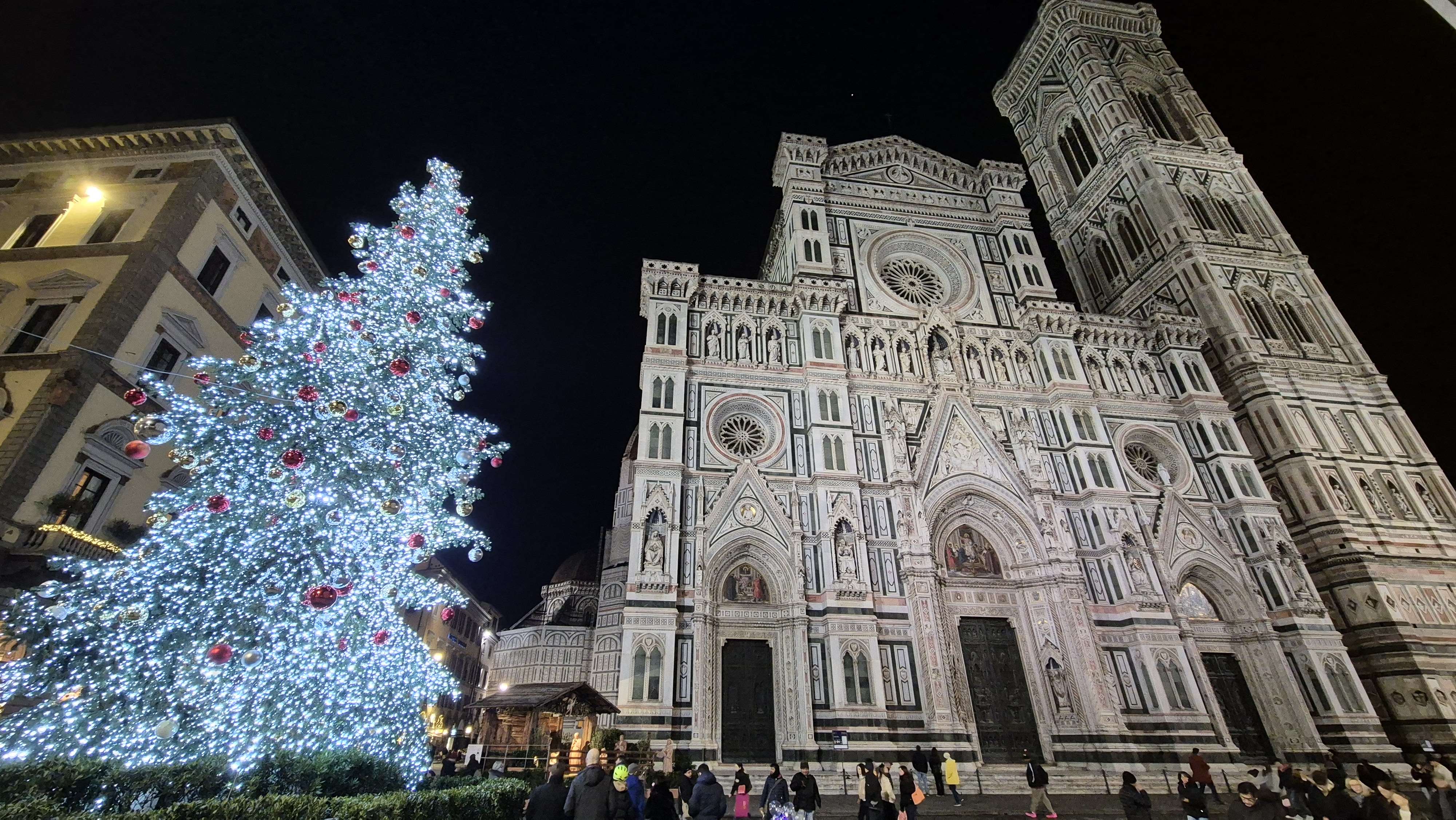
From El Matador to El Chino: Serie A’s Top Five Uruguayans
By Dan Cancian
As is the case with its South American neighbours, Serie A has a long and proud relationship with Uruguay.
From the Oriundi who represented both La Celeste and Italy to the flurry of arrivals in the first two decades post-World War II to the likes of Edinson Cavani and Alvaro Recoba, some of calcio’s most iconic chapters have been written by Uruguayans.
Here, Destination Calcio takes a walk down memory lane to look at Serie A’s best imports from Uruguay.
Edinson Cavani
Premier League fans who watched him in action for Manchester United may consider Cavani a veteran journeyman, who lacked the speed to fully adjust to the rigours of English football.
The reality is significantly different. One of Serie A’s most devastating strikers over the last two decades, El Matador scored 78 goals in 104 league appearances for Napoli on top of 34 in 109 games for Palermo.
One of several South American gems unearthed by the Rosanero along with Paulo Dybala and teammates Javier Pastore and Amauri, Cavani arrived in Sicily for just £4m from Danubio in the summer of 2007.
A man with a penchant for the spectacular, the Uruguayan had an instant impact, finding the net on his debut against Fiorentina with a sublime volley reminiscent of Marco Van Basten’s finish in the final of Euro 1988.
If Palermo represented Cavani’s introduction to Serie A, Naples was the stage upon which he established himself as one of Calcio’s main characters.
Bar for their exhilarating Scudetto cavalcade under Luciano Spalletti, seldom have Napoli played more thrilling football than when Cavani, Ezequiel Lavezzi and Marek Hamsik combined under Walter Mazzarri.
The Three Tenors dazzled Serie A for three seasons, but the Scudetto always remained frustratingly elusive and they only won the 2012 Coppa Italia together, Cavani scoring the opener and Hamsik adding a second as Napoli celebrated their first trophy since the Maradona days.
The relative lack of silverware, however, does not reflect Cavani’s extraordinary contribution, which stands at a jaw-dropping 104 goals in 138 goals for Napoli, the sixth-most prolific scorer in the club’s history.
If the numbers are astonishing, so was the quality of the goals. Powerful headers, thunderous finishes from outside the box and delicate chips, El Matador had it all.
Juan Alberto Schiaffino
The world’s most expensive player when he joined AC Milan from Penarol in September 1954, Juan Alberto Schiaffino remains arguably one of Serie A’s greatest ever imports.
The hero of Uruguay’s 1950 World Cup triumph at the Maracana against Brazil, Schiaffino joined a Milan side already brimming with foreign talent in the shape of Gunnar Nordahl and Nils Liedholm.
The Rossoneri, however, had a gaping hole in midfield following the departure of Gunnar Gren, the third member of the Swedish triumvirate.
Schiaffino proved to be a perfect replacement, his tactical versatility allowing him to operate anywhere from deep playmaker to attacking midfielder and even inside forward.
Blessed with superb vision and a great touch, Schiaffino dictated the tempo of Milan’s midfield as the Rossoneri won three Serie A titles in 1955, 1957 and 1959 and lost the European Cup final to Real Madrid in 1958.
Schiaffino scored 60 goals in 171 appearances for Milan in all competitions in six seasons at the San Siro, before joining Roma in 1960 and helping the Giallorossi to lift the Inter-Cities Fairs Cup – the precursor of the UEFA Cup – the following season.
Not bad for a man Penarol were happy to sell as they believed to be past his best after he turned 30.
Paolo Montero
Alessandro Del Piero, Zinedine Zidane and Alen Boksic are all more obvious candidates when selecting the key figures of Marcello Lippi’s all-conquering Juventus sides.
But while Del Piero and Zidane were the Bianconeri’s creators in chief, Paolo Montero was Juventus’ defensive bedrock, playing 278 games in all competitions in nine seasons in Turin after making 118 appearances in four seasons for Atalanta.
Rugged, uncompromising and never afraid to resort to the dark arts of defending, the Uruguayan racked up 60 yellow cards and 15 red cards during a 13-year spell in Serie A with Atalanta and Juventus.
The trophies flowed just as steadily, with Montero winning four Serie A titles, the Supercoppa Italiana three times and reaching three Champions League finals.
Montero’s ruvid approach was not reserved for his opponents either.
“There was a time at Juventus when Zidane was late, and we were on the bus waiting to go,” former Juventus manager Carlo Ancelotti told The Times.
“I said to the driver, ‘No more, let’s leave’, but he was scared and wouldn’t move, and then Paolo Montero came down the bus to speak to me.
“I said to him, ‘Let’s get going, and then we’ll talk.’ But he said, ‘You don’t understand. Without Zizou, we’re going nowhere.’
“So that’s when you think, ‘OK, I need to listen to this.’ So we waited.”
Alvaro Recoba
It’s the opening day of the 1997-98 season and Inter Milan are 1-0 home to Brescia with 18 minutes left on Ronaldo’s debut as Gigi Simoni turns to another South American forward on the bench.
Alvaro Recoba replaces Maurizio Ganz, before belting one in the top corner from 35 yards out to draw the Nerazzurri level. The summer signing from Nacional, however, is not done just yet and just minutes later seals all three points with a trademark free-kick.
If Recoba’s career at Inter Milan arguably peaked on his debut, his best spell in Serie A came as he joined Venezia on loan for the second half of the 1998-99 season.
Surplus to requirements in Marcello Lippi’s plans, the Uruguayan formed a devastating partnership with Filippo Maniero, scoring 10 goals and setting up a further 10 in 19 games.
Having stared down the barrel of relegation when Recoba joined in January, Venezia finished 11th, just four points behind his parent club.
While El Chino never replicated the same kind of blistering form at the San Siro, his 72 goals and 66 assists in 261 appearances in all competitions across 11 seasons for Inter Milan speak volumes for his ability.
A misunderstood talent, Recoba was also a victim of the circumstances as Inter did their best to live up to their ‘Pazza Inter’ nickname, churning through eight managers in his first six seasons at the club.
It is no coincidence that six of Recoba’s seven major trophies with Inter arrived once Roberto Mancini brought some much-needed stability to the club – helped in no small part by the Calciopoli-fuelled demise of AC Milan and Juventus.
Carlos Aguilera
Osvaldo Bagnoli’s name will forever be associated with Verona and their exhilarating cavalcade to the Scudetto in 1985.
But for those of a red and blue persuasion in Genoa, the mention of the Wizard of Bovisa conjures memories of their run to the UEFA Cup semi-final in 1992 after a fourth-place finish in Serie A the previous season.
Genoa’s success was largely built on the partnership between Carlos Aguilera and Thomas Skuhravý, with the six-foot-four Czech proving the perfect foil for the diminutive Uruguayan.
After arriving in Italy ahead of the 1990 World Cup, Aguilera scored 46 goals in 115 appearances in all competitions for Genoa, none more famous than his brace that saw the Rossoblu beat Liverpool at Anfield.
A cult hero at the Luigi Ferraris, the Uruguayan never got to lift a trophy in red and blue, but won the Coppa Italia after joining Torino just months after his European exploits.
The Granata, incidentally, had lost the UEFA Cup final against Ajax, who had thwarted Genoa’s dream in the semi-finals.
With Andrea Silenzi effectively playing the Skuhravý role, Aguilera scored 15 goals in his first season in Turin, including the crucial equaliser in the second leg of the Coppa Italia semi-final against Juventus.
Related Articles
Related Articles
The Serie B season reaches halfway when the action returns after the winter break, with more live matches to look forward to on DCTV.
Florence is a dream destination year-round, but visiting during the winter months offers a completely different and magical experience.
We get a local take on what's hot in Cremona - where to eat and drink, sights to see and handy hints that might not be in the tourist guides.




